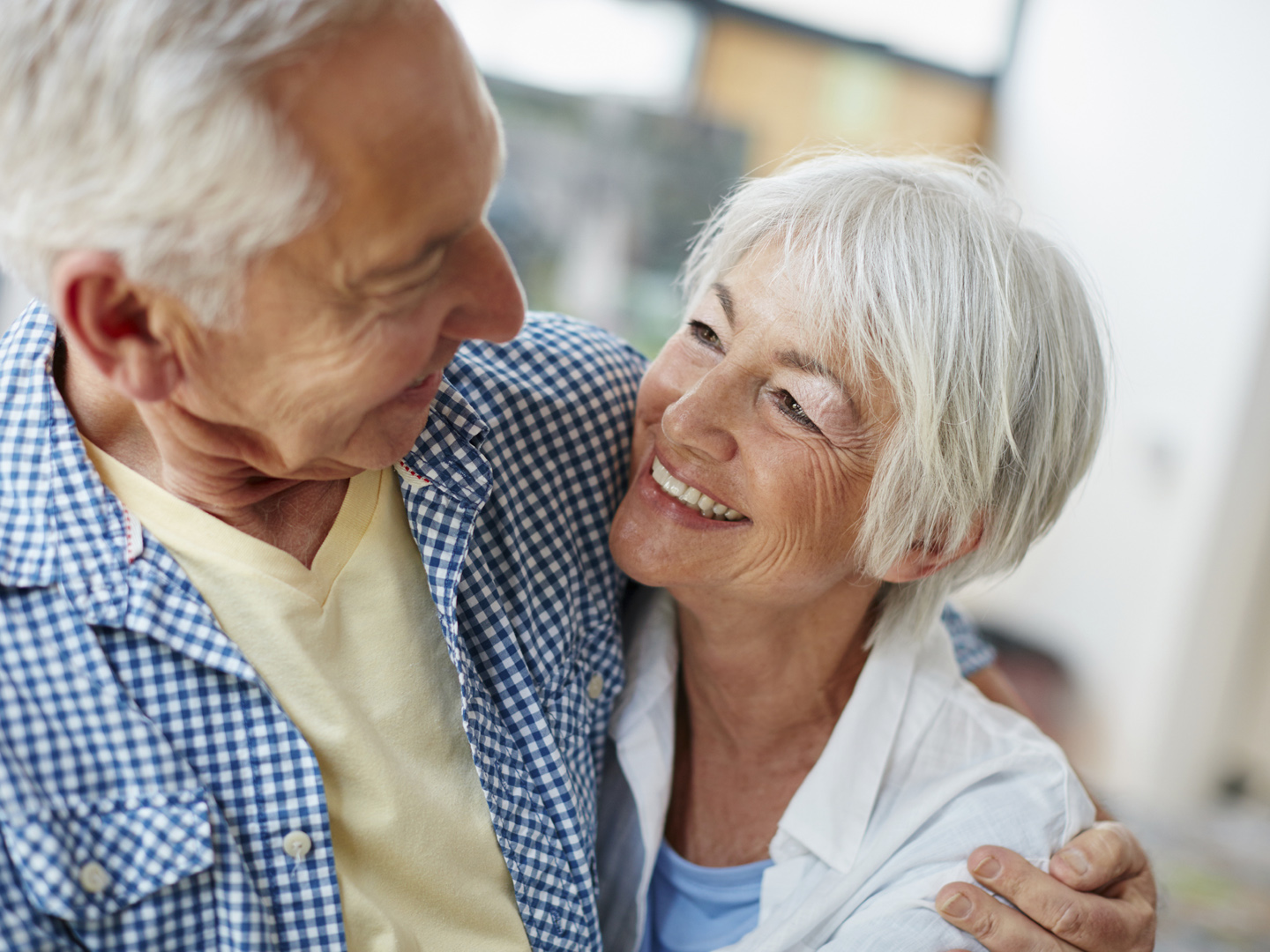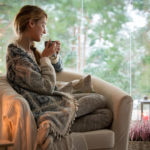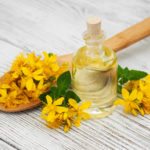Is Blue Light Bad for SAD?
I was disturbed to read that treating SAD with blue light may cause retinal damage. I’ve been using light therapy for years, and my current light “box” gives off blue light. Can you provide additional information on this issue?
Andrew Weil, M.D. | December 30, 2010

Seasonal affective disorder (SAD) is a form of depression that occurs in the fall and winter months, probably in response to the shorter hours of daylight. Exposure to bright light daily is the treatment method most often recommended for patients whose SAD symptoms are severe enough to affect their daily lives. This therapy requires a special (full-spectrum) light source that includes blue wavelengths. Typically, SAD patients must sit in front of the light for about a half an hour per day, every day through the winter season.
Blue light is more energetic than white light, which has raised some concern about the risks of long-term exposure. Specifically, some ophthalmologists have warned that blue light could damage the retina and increase the risk of age-related macular degeneration, a progressive eye disorder that is the leading cause of blindness in people over the age of 55. So far, however, no research has confirmed that risk.
Nevertheless, I advise you to take recommended precautions when using your light box. Be sure to position the box at an angle so that the light reaches your eyes indirectly. Looking directly at the light box can damage the eyes. You also should be aware that certain medications and supplements can make the retinas more sensitive to light and therefore increase the risk of eye damage. These include the drug lithium and the supplements melatonin and St. John’s wort.
By the way, if you’re bothered by the glare from your light box, the blue light is probably responsible. You can screen it out by wearing special eyeglass lenses or clip-ons during your daily treatment.
Andrew Weil, M.D.
More information on seasonal affective disorder (SAD).










